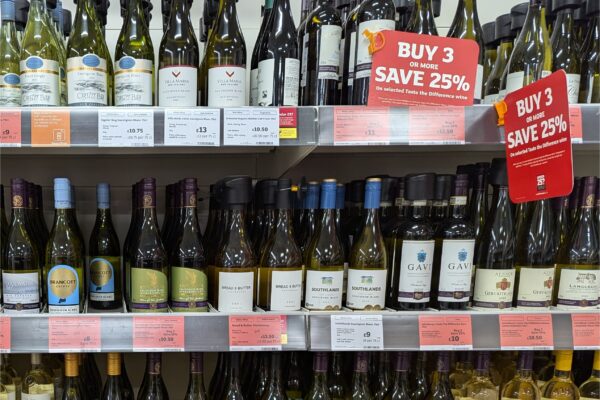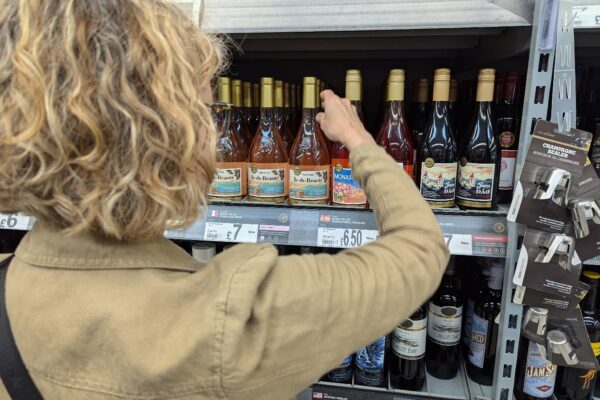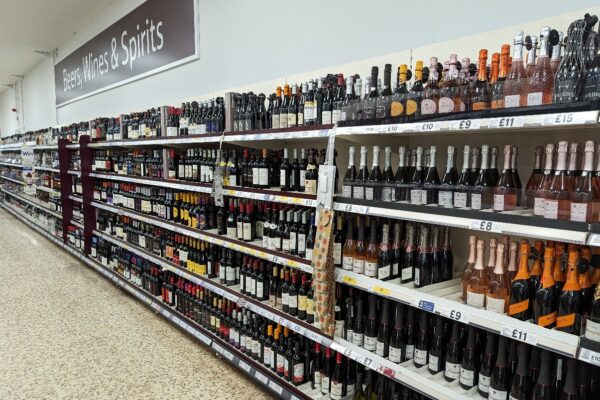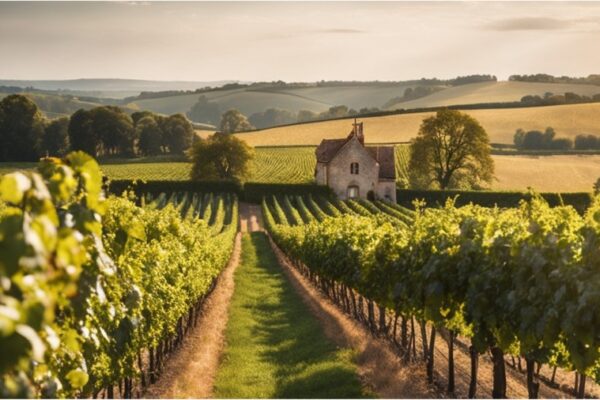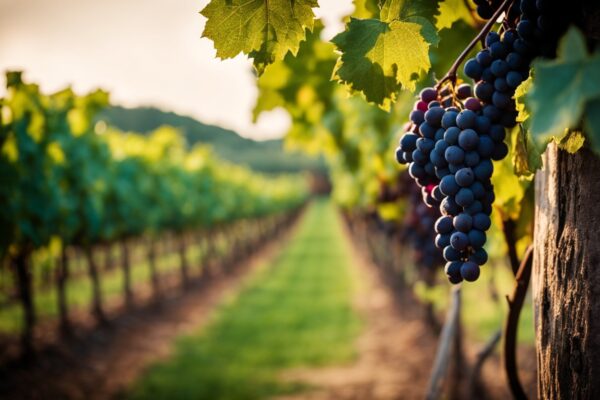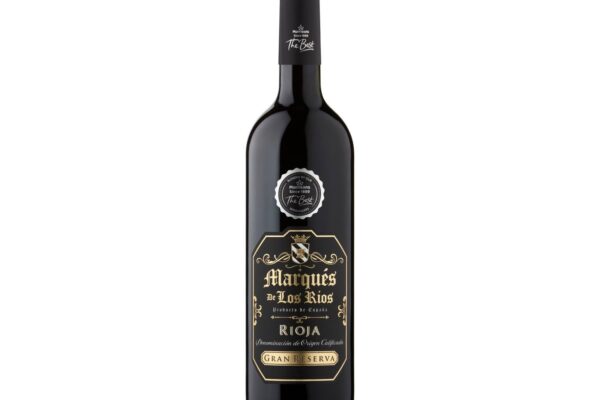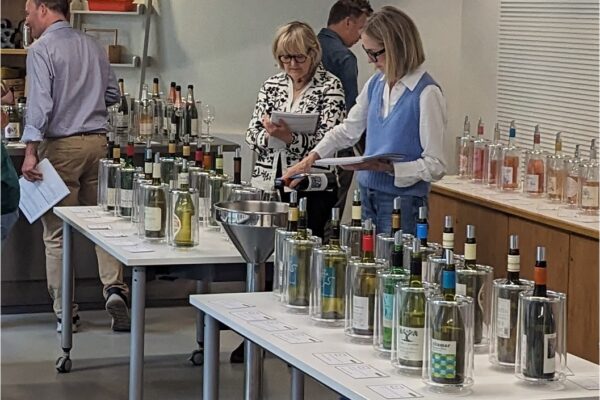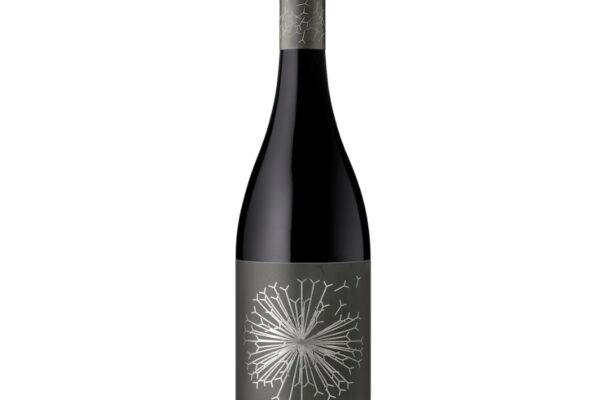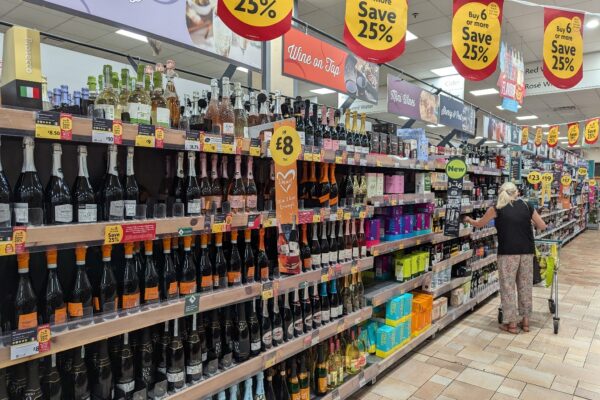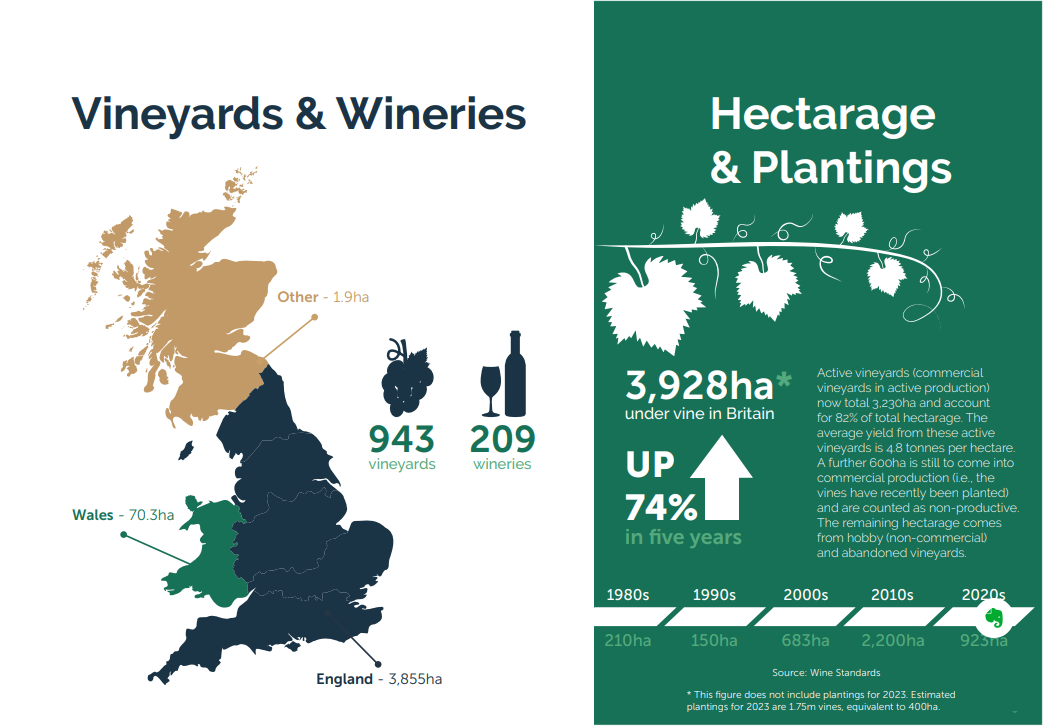
The wine industry in England and Wales has been experiencing great growth, as evidenced by the recent WineGB Industry Survey (PDF). The WineGB Industry Survey received 155 responses, capturing 91% of wine production in Britain. This comprehensive data provides a clear snapshot of the current state of the industry and its potential for future growth.
Consumers are increasingly seeking more locally produced and environmentally friendly wines, a demand that English and Welsh wines are distinctively poised to fulfil. Viticulture, the cultivation of grapevines, is now the UK’s fastest-growing agricultural sector. The industry currently employs around 2,300 full-time equivalent (FTE) workers, with a predicted growth of 50% by 2025. Additionally, there are a further 8,300 individuals employed in seasonal or part-time work.
With 943 vineyards and 209 wineries, the landscape of wine production is vast and varied. The top five grape varieties planted across vineyards are Chardonnay (31% of total plantings), Pinot Noir (29%), Pinot Meunier (9%), Bacchus (8%), and Seyval Blanc (3%).
The future looks promising for the wine industry in England and Wales. Vine planting is projected to reach 7,600 hectares by 2032, up from the current level of 4,600 in 2023. This expansion reflects the growing demand for both sparkling and still wines. In 2022, 8.3 million bottles of sparkling wine and 3.9 million bottles of still wine were produced. Of the sparkling wines, 93% were made using the Traditional Method. The market is somewhat concentrated with the biggest 25 producers accounting for 83% of total sales.
While not mentioned in the survey, the widest range of English and Welsh wines can be found at Waitrose. They stock nearly 100 English and Welsh wines, making it the largest range of its kind in the UK with a 50% (super)market share.






